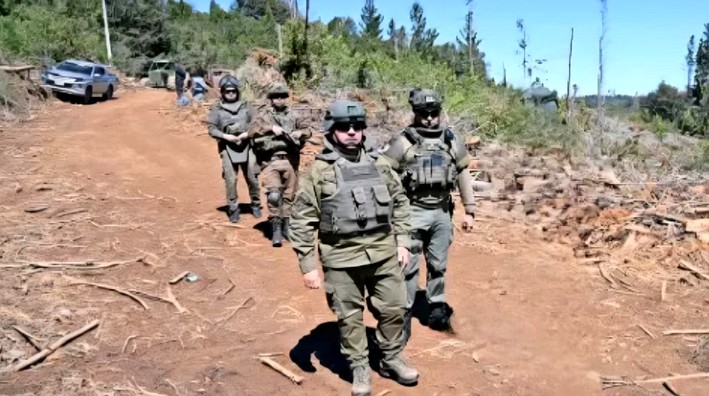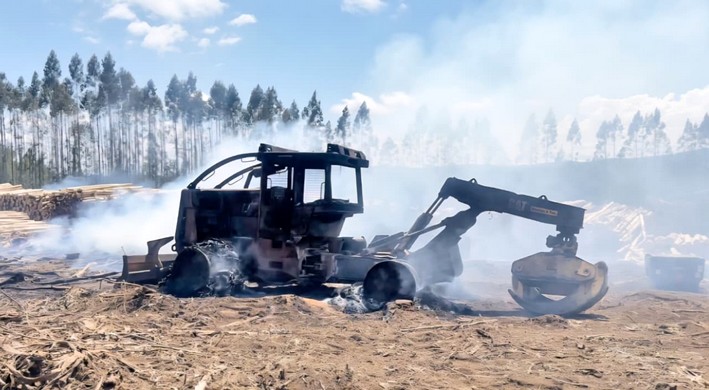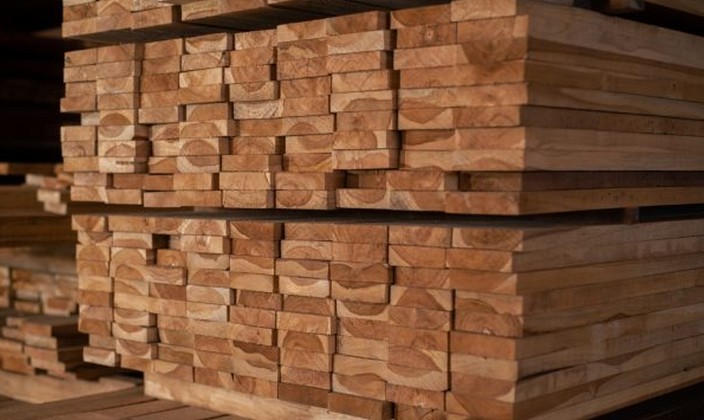The Challenging Forestry Year of 2023
The year 2023 has not been one of significant progress for the forestry sector.
The 400,000 hectares burned at the beginning of the year—most of which remain standing today and pose a massive risk for new fires—are another sign that the government lacks initiative to find a real solution to the resulting situation: How do we recover the destroyed forest resources and move toward a new vision for the sector, one that is modern, sustainable, and inclusive of all stakeholders?
Institutionally, we can observe the slow progress of the bill to create the National Forestry Service (Sernafor). On the other hand, the discussion on the bill regulating wildfire prevention in the urban-rural interface zone has only just begun, but it is biased, focusing mainly on planted forests owned by small, medium, and large landowners. It does not include native forests near towns and cities and therefore fails to acknowledge the role of other types of vegetation in fire spread. Nor does it address intentionality, a concept that emerged during the 2022–2023 season and requires a fresh perspective in this law.
There’s no need to even mention any proposals for afforestation and/or reforestation subsidies.
That said, our authorities do possess great boldness and creativity in slowing down and distorting the country’s current forestry development model, as reflected in the Framework Law on Climate Change (Law No. 21,455), which establishes that monocultures are not climate refuges and, therefore, by law, cannot retain CO2 (Section III, letter p).
Where we can note progress this year is in the government’s increased focus on the terrorist violence entrenched in the southern macrozone, evidenced by the positive results of the Timber Theft Law, the renewal of over 36 states of emergency in the Biobío and La Araucanía regions (540 days), logistical support in technology and equipment for the police, increased funding for Regional Prosecutor’s Offices, and the arrest of terrorist leaders of subversive groups. These new measures have helped reduce violence against forestry contractors by 63% between 2022 and 2023—from 104 attacks in 2022 to 38 this year.
The recent enactment of Law No. 21,633 on land usurpation is also a major support for our industry, as it classifies this act as a crime, penalizes it, and eliminates the 12-hour flagrancy rule in favor of permanent flagrancy.
These advances in public safety make us more optimistic about our work in the southern regions of the country. At this point, it is imperative to enforce the law, uphold the rule of law, and restore the normality lost over a decade ago in these territories—bringing work and development to areas now controlled by criminal groups.
However, we are not optimistic about how the government is attempting to reshape the forestry sector, excluding stakeholders and stigmatizing planted forests. The 2,000,000 hectares of eroded land available in the country—awaiting afforestation—allow for the coexistence of different forestry development models: productive plantations, watershed recovery, protection forests, wildlife refuges, silvopastoral activities, and landscape projects. There is room for everyone.
As forestry contractors, we hope our authorities demonstrate legislative greatness and unbiased vision, because we are not willing to dismantle a green, renewable, and demonstrably sustainable sector simply to satisfy the ideological preferences of a few. We cannot squander the opportunity the forestry sector holds, as it directly or indirectly supports 300,000 Chileans and their families.

















